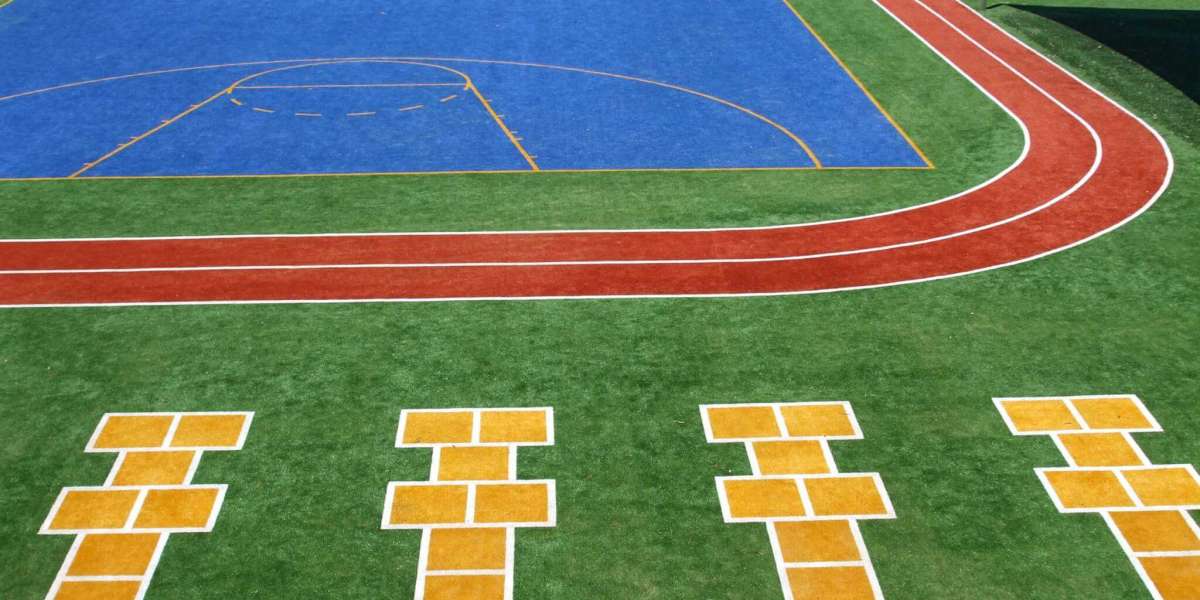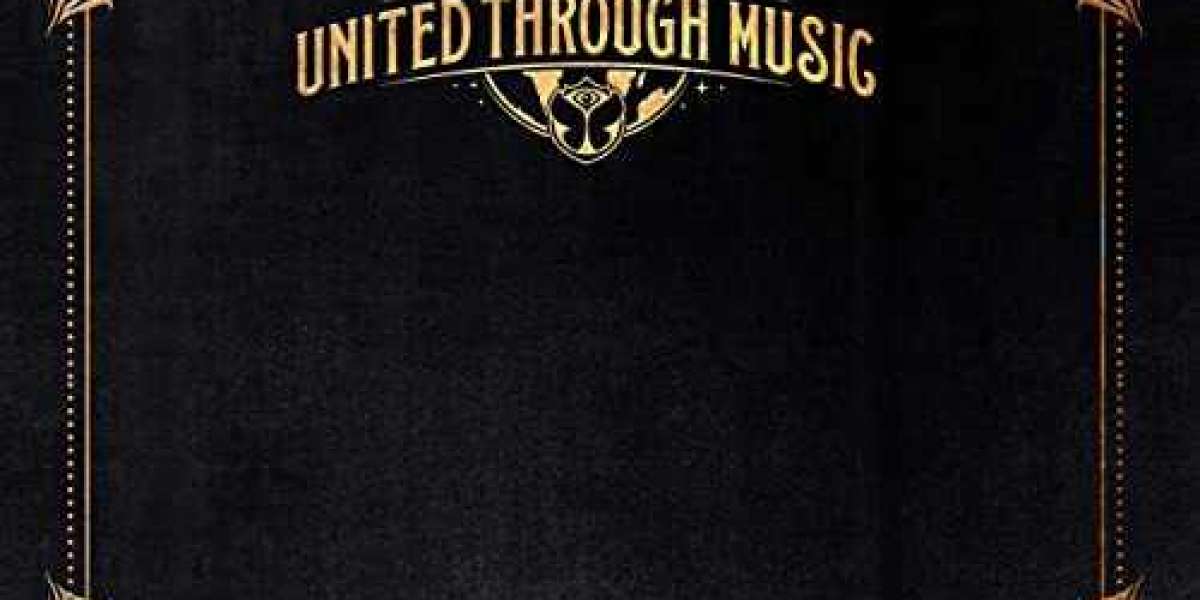Kia ora! I'm Donovan Anderson, a sports coach hailing from the beautiful New Zealand, where the greenery is as much a part of our culture as the haka. As someone who's spent countless hours coaching on both natural and artificial sports turf, I've garnered a unique perspective on this debate. Today, I'm here to share my insights and guide you through the decision-making process, ultimately highlighting why I believe TigerTurf is the way to go for sports fields.
The Playing Field: Artificial vs. Natural Grass
First off, let's tackle the heart of the matter. The choice between natural and artificial grass for sports fields isn't just about aesthetics; it's about performance, safety, and sustainability.
Performance: Artificial turf, such as the high-quality options provided by TigerTurf, offers consistent playing conditions year-round. Unlike natural grass, which can turn into a mud bath in winter or a hard, unforgiving surface in summer, synthetic grass turf provides athletes with a reliable playing surface. This consistency is crucial for reducing injury risks and improving the quality of play.
Maintenance: Here's where artificial turf really shines. The maintenance efforts and costs associated with natural grass—mowing, watering, fertilizing, and reseeding—are virtually eliminated with artificial grass. This not only reduces the workload for ground staff but also significantly cuts down water usage, making it an eco-friendly option in the long run.
Durability and Accessibility
Durability is another key factor tipping the scales in favor of artificial grass. Natural grass fields can suffer from overuse, especially in areas with high foot traffic or under inclement weather conditions. This can lead to uneven surfaces, patches, and ultimately, a need for costly repairs or rest periods where the field is out of commission.
On the other hand, artificial sports turf is designed to withstand heavy use. Fields like those supplied by TigerTurf ensure that athletes have access to top-notch facilities anytime, without the downtime required for grass recovery. This accessibility is vital for community sports programs, schools, and clubs, ensuring that everyone has the opportunity to play and train on quality surfaces.
Environmental Considerations
Now, let's talk green – and I'm not just referring to the color of the turf. The environmental impact of maintaining natural grass fields is significant. However, the notion that artificial grass isn't eco-friendly is a misconception. Today's synthetic grass turf, especially products from leading manufacturers like TigerTurf, are made with recyclable materials and designed for long-term use, minimizing their environmental footprint.
Moreover, the reduction in water usage, fertilizers, and pesticides is a massive win for sustainability efforts. By choosing artificial turf, sports facilities can play a part in conserving water resources and reducing chemical runoff, which is crucial for preserving our beautiful Kiwi environment.
Why TigerTurf Gets My Vote
Choosing the right supplier and manufacturer for your sports field is critical, and TigerTurf stands out for several reasons:
Quality and Innovation: TigerTurf is at the forefront of developing high-performance artificial sport turf that mimics the feel and bounce of natural grass. Their commitment to quality ensures that athletes enjoy the best possible conditions for their games and training.
Custom Solutions: Understanding that no two sports fields are the same, TigerTurf offers tailored solutions that meet the specific needs of their clients. Whether it's rugby, football, cricket, or any other sport, they have the expertise to create a field that matches the sport's demands.
Local Expertise with a Global Perspective: As a New Zealand-based coach, I appreciate that TigerTurf combines local knowledge with global best practices. This ensures that the fields are not only suited to our unique climate and conditions but also meet international standards for sports performance.
In summary, the debate between artificial and natural grass for sports fields is nuanced, with considerations for performance, safety, maintenance, and environmental impact. From my experience and observations, artificial grass, particularly solutions from TigerTurf, offers a compelling array of benefits that can't be overlooked. Not only does it provide a consistent, high-performance surface for athletes, but it also supports sustainability and accessibility goals.
So, if you're in the process of deciding on the best surface for your sports field, I highly encourage you to consider the advantages of artificial turf. And when you do, make sure to check out TigerTurf – their expertise, quality, and commitment to customer satisfaction make them a top choice for sports facilities across New Zealand and beyond. Visit there website here: https://tigerturf.com/nz/







